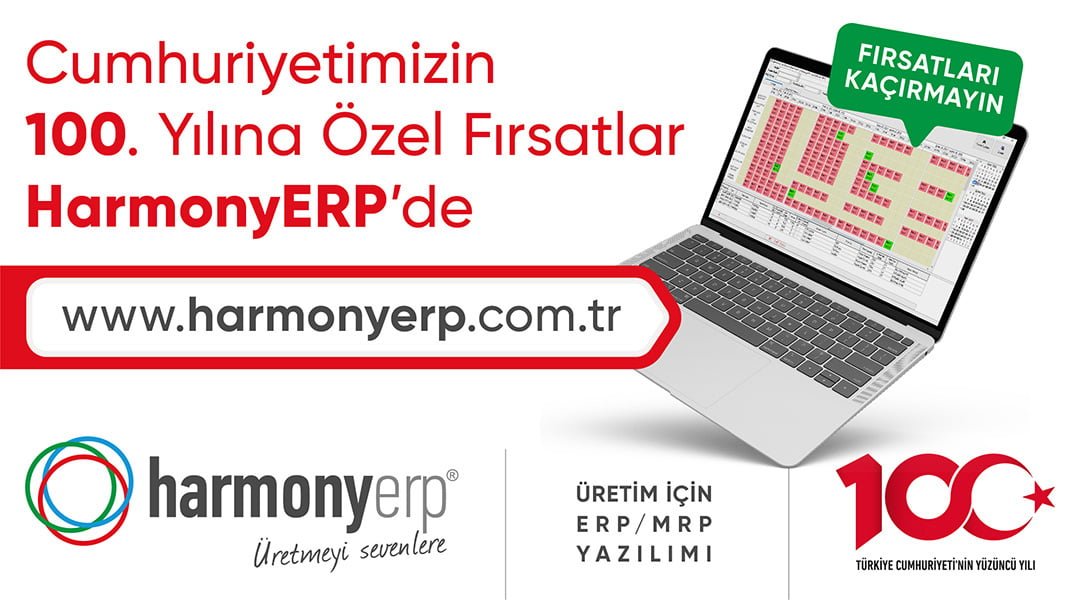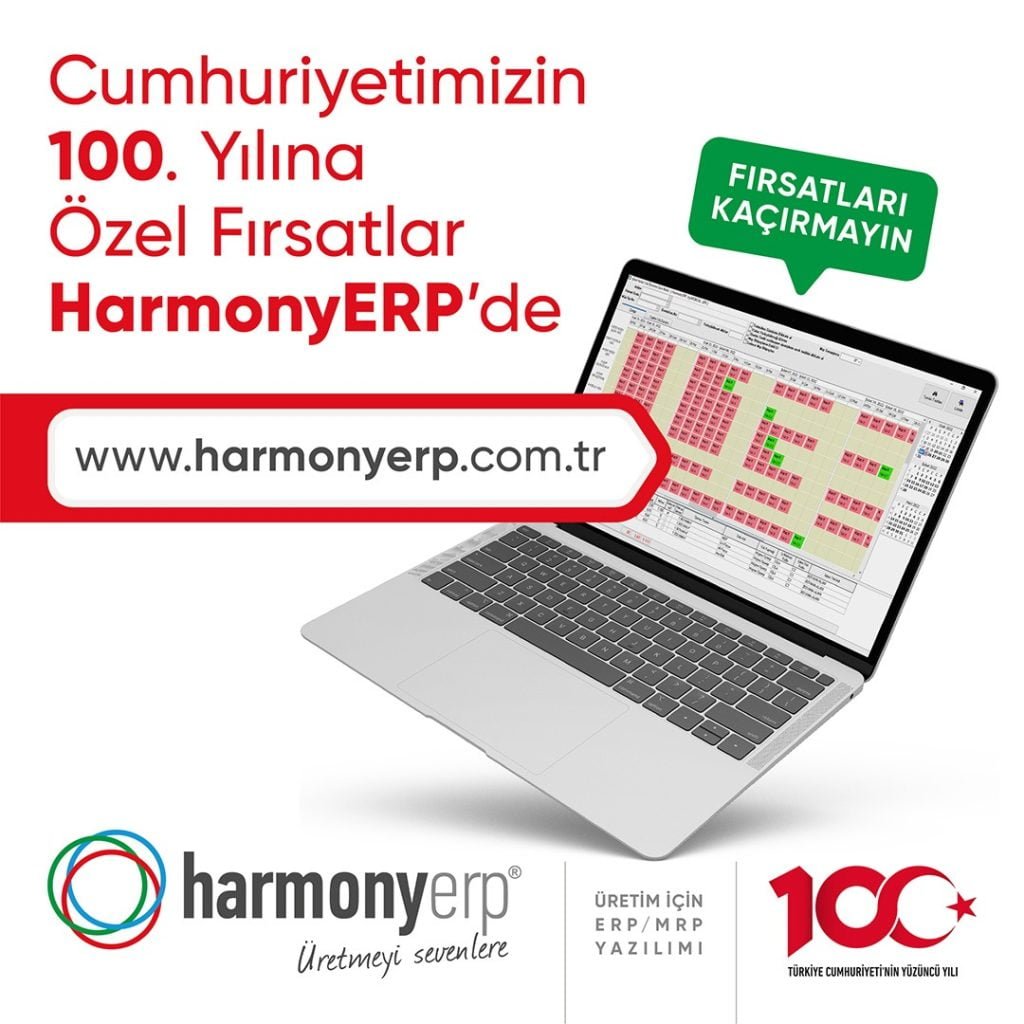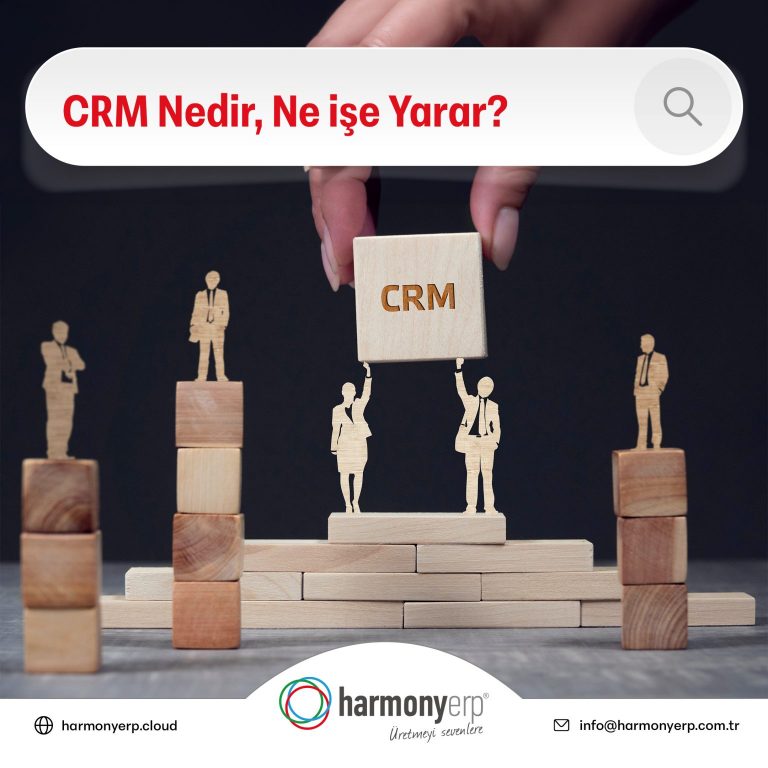What Are FIFO and LIFO? Inventory Valuation Methods Explained for Businesses

Inventory management isn’t just about knowing what’s in stock—it’s also about understanding how that stock is valued. Among the most commonly used inventory valuation methods are FIFO (First-In, First-Out) and LIFO (Last-In, First-Out). These approaches directly influence your cost of goods sold, tax liability, and overall financial reporting.
Let’s take a closer look at how FIFO and LIFO work, and when each method might be the better fit for your business.
What Is FIFO?
FIFO (First-In, First-Out) assumes that the oldest inventory items are sold first. In other words, the first products you purchase or produce are the first ones recorded as sold when calculating costs and profits.
Key characteristics:
- Ending inventory reflects the most recent purchase prices
- Cost of goods sold (COGS) reflects older, often lower prices
- Typically used in industries with perishable goods or expiration dates (e.g., food, pharmaceuticals)
Example:
If you buy 100 units at $10 and then 100 units at $12, FIFO means the first 100 units sold are valued at $10 each, and the remaining inventory is recorded at $12.
Advantages:
- Inventory valuation is closer to current market prices
- Profit margins appear higher during inflation
- Easier to align with actual physical flow of goods
What Is LIFO?
LIFO (Last-In, First-Out) assumes that the newest inventory is sold first. The latest purchases are counted as cost of goods sold, and older inventory remains on the balance sheet.
Key characteristics:
- Ending inventory reflects older costs
- COGS reflects recent, often higher prices
- Typically used for tax advantages in inflationary environments (allowed only in some countries, like the U.S.)
Example:
With the same inventory as above, LIFO means the first 100 units sold are valued at $12 each, and the remaining inventory is recorded at $10.
Advantages:
- Lower profit margins = lower income tax liability during inflation
- Reduces the risk of overstated profits
- Matches current costs to current revenues more closely
FIFO vs. LIFO: Which One Is Better?
| Criteria | FIFO | LIFO |
|---|---|---|
| Profit Margins | Typically higher | Typically lower |
| Tax Benefits | Lower during inflation | Higher during inflation (if allowed) |
| Inventory Valuation | Reflects recent prices | Reflects older prices |
| Regulatory Acceptance | Accepted globally | Restricted in many countries |
| Best For | Perishables, retail | Durable goods, raw materials |
Your choice should depend on your inventory structure, industry, and regulatory environment. In some countries, LIFO is not permitted under international accounting standards (IFRS).
How ERP Systems Support Inventory Valuation
Modern inventory management systems allow businesses to define and automate valuation methods like FIFO and LIFO. With the help of a reliable stock tracking solution, companies can:
- Apply FIFO or LIFO rules consistently
- Track real-time inventory values
- Generate COGS reports for each period
- Stay compliant with accounting standards
- Integrate valuation data into financial statements
Whether you’re managing a warehouse or retail chain, proper configuration in your ERP system ensures accurate, audit-ready records.







